

First and foremost, ensure you’re equipped with appropriate safety gear. A reliable pair of goggles and gloves will protect you from any debris or splashes. Also, wear sturdy footwear to provide stability, especially on potentially slippery surfaces.
Before getting started, check the machine’s water supply. Make certain that the source is adequate and connected properly to prevent interruptions during the cleaning process. It’s helpful to position your equipment on a flat, stable surface for ease of movement and operation.
Adjust the nozzle according to the task at hand. Different surfaces demand varying levels of intensity; a narrow jet is ideal for stubborn grime, while a wider spray is suitable for gently cleaning large areas. Pay attention to the distance from the surface; keeping a consistent distance will yield better results and protect the substrate from damage.
After powering the device on, begin cleaning from the top of your target area to the bottom. This technique not only allows for an efficient flow of debris but also results in a more thorough clean. Maintain a steady and even movement to achieve uniform results, avoiding lingering in one spot to prevent surface damage.
Finally, take your time to evaluate the cleaning outcome. If necessary, revisit any areas that may require additional attention. Keeping an eye on thoroughness will ensure a satisfying finish to your cleaning task.
Choosing the right steam pressure washer for your needs
Identify the intended use first. For domestic tasks, a compact model around 1200 to 2000 PSI suffices, while commercial applications often require units exceeding 3000 PSI. Consider the type of cleaning required; surface preparation versus soft washing demands different approaches and specifications.
Examine the water temperature capability. High-temperature settings enhance the cleaning power significantly. Opt for machines that can reach temperatures above 150°C if tackling grease or stubborn stains. This feature proves invaluable in industries where hygiene standards are demanding.
Power source matters too. Electric versions are generally quieter and suitable for home use, whereas gas-powered alternatives offer mobility and potency for extensive projects. Evaluate your environment and choose accordingly.
Refer to the design and mobility of the machine. A unit with sturdy wheels and a lightweight frame allows for easier manoeuvrability, particularly in larger spaces or uneven terrains. Ensure that hose length and power cord reach your intended work area without hindrance.
Don’t underestimate the importance of accessories. Various nozzles and brushes enhance versatility, catering to different tasks. Some models come with integrated foam dispensers or surface cleaners, making them more adaptable for specific cleaning tasks.
Finally, consider customer service and warranty. Better brands often provide extended warranties and accessible support, which can prove beneficial over time. Research customer reviews for insights into durability and performance to guide your decision-making process.
Preparing the Surface Before Washing
Before the cleaning process begins, I recommend assessing the area for any loose debris. Remove any large particles such as leaves, twigs, or dirt clumps. This prevents clogging and enhances cleaning efficacy.
Safety Precautions
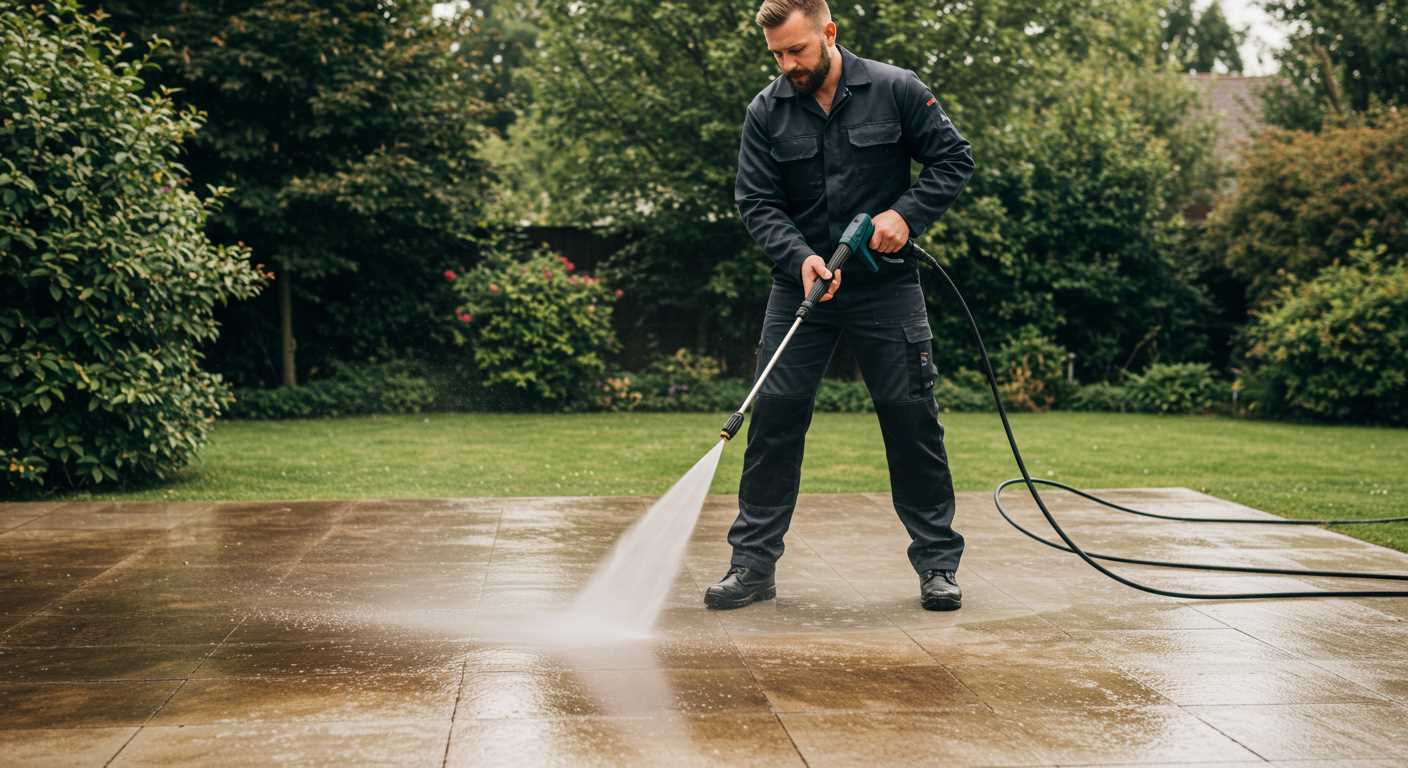
Wear appropriate protection, including gloves and safety goggles. If necessary, move or cover items that could be damaged or soiled during the treatment.
Surface Condition Assessment
- Check for any cracks or damage on the surface. Repairing these before starting will lead to better results.
- Examine the type of material. Different surfaces may require unique treatment approaches.
- For porous surfaces, pre-treat with a suitable cleaner, especially if there are stains.
Cleansing solutions may need time to penetrate stubborn grime; allow adequate time as per the manufacturer’s guidelines before rinsing.
Once the surface is prepped and assessed, the desired results will be more achievable during the cleaning phase.
Understanding Steam Pressure Settings and Applications
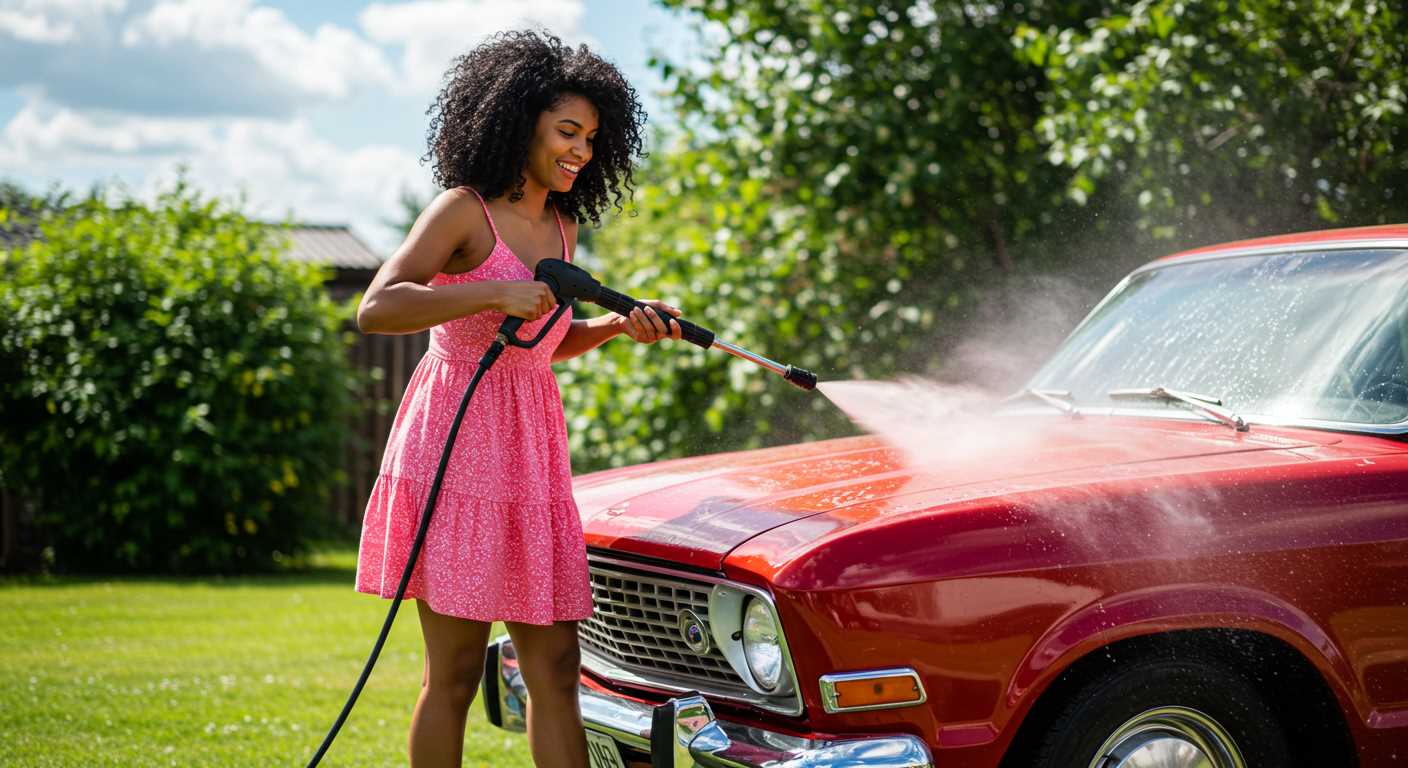
Choosing the correct intensity for your equipment is paramount. Settings vary significantly, ranging from light to heavy-duty applications. For delicate surfaces, such as painted wood or soft plastics, a lower setting, around 250-400 PSI, is advisable. This prevents damage while still providing adequate cleaning.
For tougher grime on materials like concrete or brick, settings of 1000 PSI or more efficiently tackle built-up dirt and stains. Always assess the dirt level before selecting the power; excessive pressure can cause etching or wear.
The temperature of the steam produced is equally important. High temperatures, typically reaching 150-300 degrees Celsius, enhance the cleaning process, especially when dealing with grease or oily residues. Utilising higher heat settings allows for reduced cleaning time and less reliance on harsh chemicals.
Differentiating between various application needs is crucial. For vehicle cleaning, a moderate pressure combined with heat can lift road grime without damaging finishes. Conversely, industrial settings may require maximum output to remove heavy, ingrained contaminants from surfaces.
Always start with a test area when adjusting settings. This provides insight into how your equipment interacts with the surface material and ensures optimal safety and effectiveness. Keep in mind that combining the right pressure setting with appropriate temperature will yield the best results for your specific cleaning tasks.
Technique for optimal cleaning performance
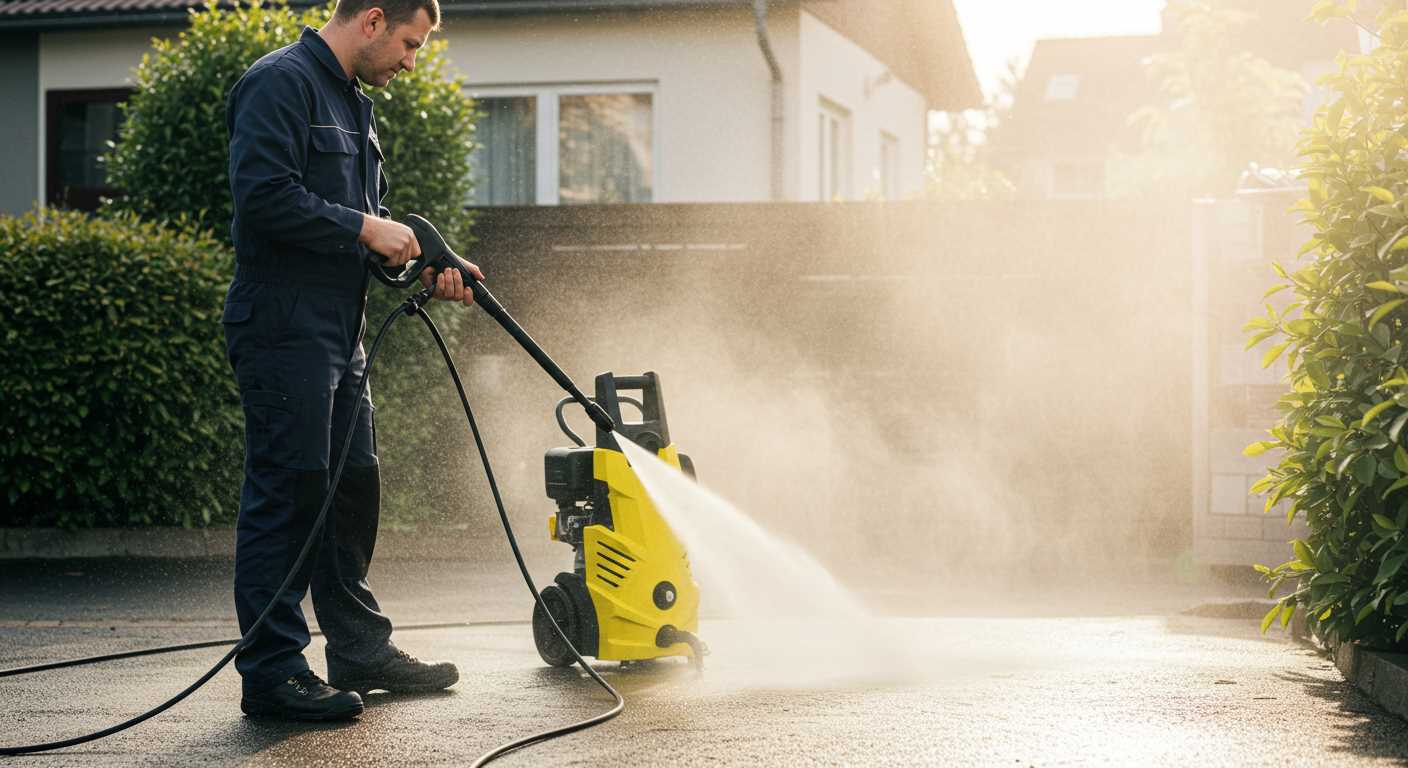
For achieving the best results with your cleaning device, adjust the nozzle type based on the surface being treated. A wider spray pattern is ideal for delicate areas, while a narrower, concentrated stream works wonders on stubborn grime.
Movement Patterns
Employ a side-to-side sweeping motion while keeping the nozzle at a consistent distance from the surface. Overlapping each pass ensures that no spots are missed, maximising thoroughness. Avoid holding the trigger too long in one spot to prevent damage to surfaces and achieve even cleaning.
Temperature and Cleaning Solution
Utilise hot vapour effectively by maintaining the recommended temperature for the surfaces you are addressing. When applying detergents, use a low-pressure setting for even application, allowing the cleaning solution to dwell for a few minutes before rinsing. This enhances the removal of tough stains.
Safety Precautions While Operating a High-Temperature Cleaning Device
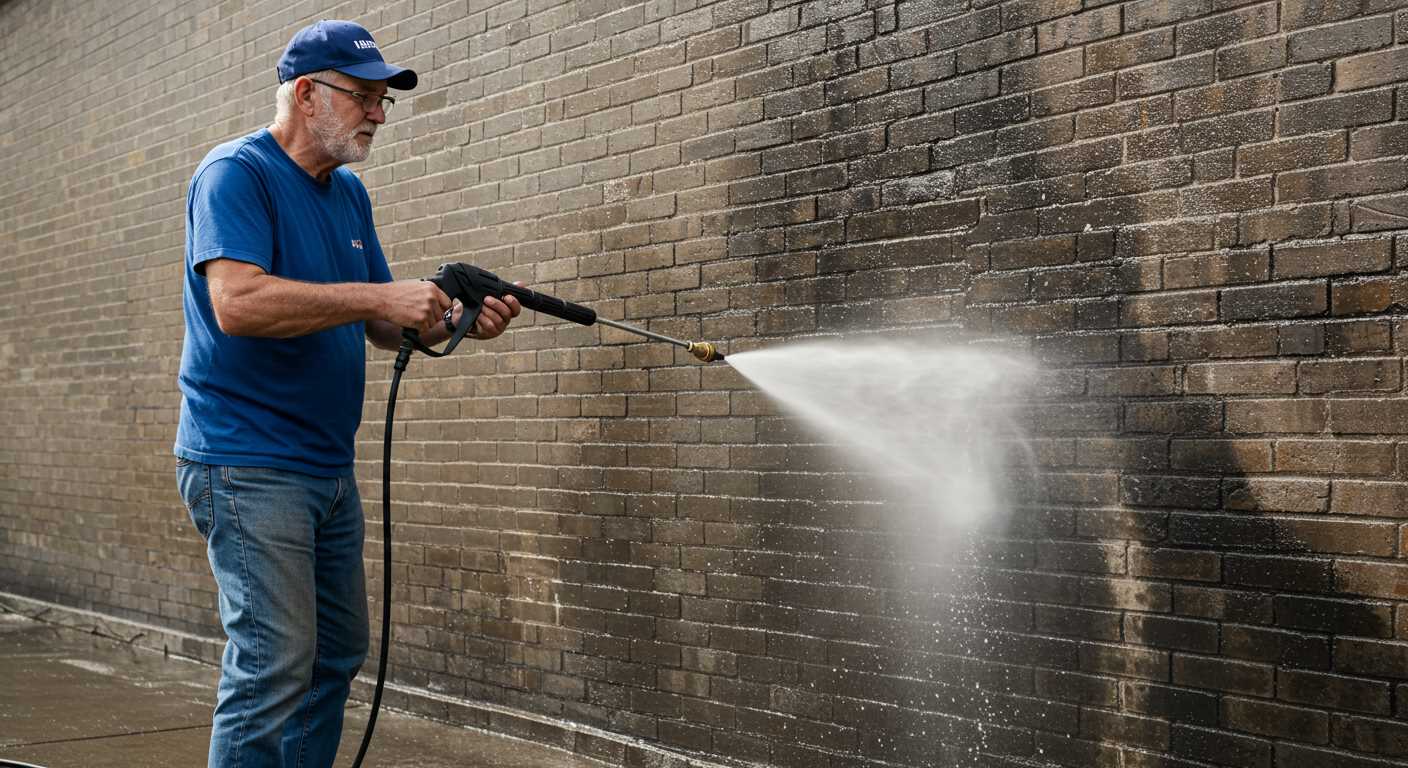
Always wear appropriate protective gear, including safety goggles, gloves, and non-slip footwear. The nozzle can produce hot steam and forceful sprays, which pose a risk of injury if proper protection isn’t in place.
Before beginning, inspect the equipment for any damages. Ensure all connections and hoses are intact. A leak can lead to hazards, including burns or slips.
Utilise the appliance in well-ventilated areas to avoid excessive steam accumulation. In confined spaces, ensure that fresh air circulates well to reduce the risk of inhaling any contaminants.
Maintain a safe distance from surfaces and people. Direct the cleaning agent away from yourself and bystanders, taking care to avoid pets and children close to the work area.
Be mindful of electric sources. Ensure the device is plugged into a safe outlet, and protect electrical cords from water exposure. Use ground-fault circuit interrupters (GFCIs) to prevent electrical shocks.
Familiarise yourself with the operation manual. Understanding the specific features and emergency protocols can significantly enhance safety.
When shutting down, allow the appliance to cool down before storing. Hot components can lead to burns and damage to surfaces if improperly handled.
Lastly, avoid using near flammable materials or under adverse weather conditions, such as strong winds or rain, as these can compromise safety and effectiveness.
Post-washing maintenance and care for your equipment
After completing your cleaning task, it’s crucial to perform proper maintenance to prolong the life of your device. Start by disconnecting the power source and ensuring all components are cool. This will prevent any risk of burns or damage.
Cleaning and Inspection
Rinse the nozzles and filter after every session. Debris can accumulate and block proper functionality. Use warm soapy water to clean the exterior, paying attention to any dirt that may affect performance. Inspect hoses for wear and tear; replace them if you notice cracks or leaks.
Storage Guidelines
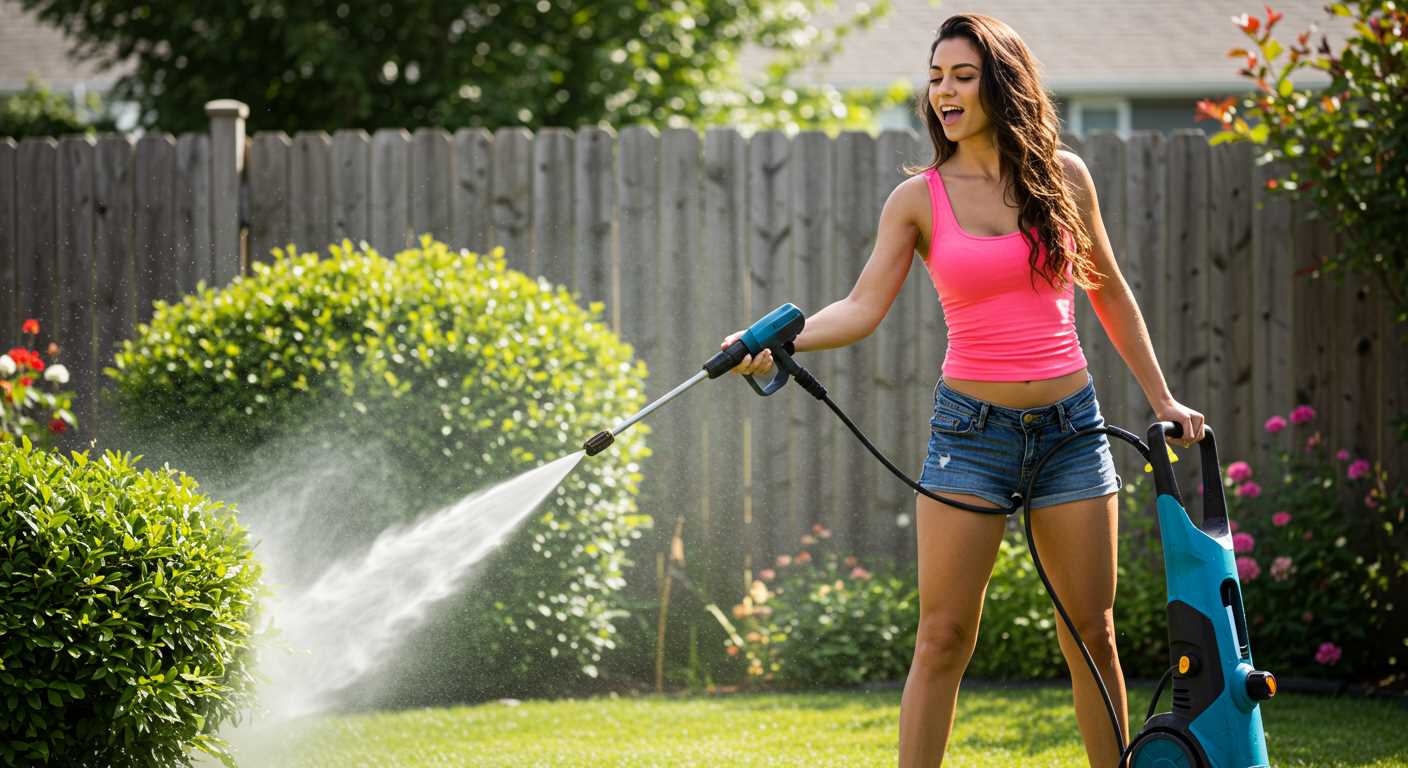
Store the unit in a dry and protected area. Avoid leaving it in extreme temperatures that can damage the internal components. If possible, position it upright to prevent fluid from leaking out. Consider coiling hoses neatly to avoid kinks that can lead to future problems.
| Task | Frequency | Notes |
|---|---|---|
| Clean nozzles and filters | After each use | Prevents blockages |
| Inspect hoses | Monthly | Look for cracks or leaks |
| External cleaning | After heavy use | Use warm soapy water |
| Check seals | Every three months | Replace worn seals |
Regular care ensures optimal functionality and can save you from costly repairs. By following these steps diligently, you can maintain your equipment in peak condition for your next cleaning task.







